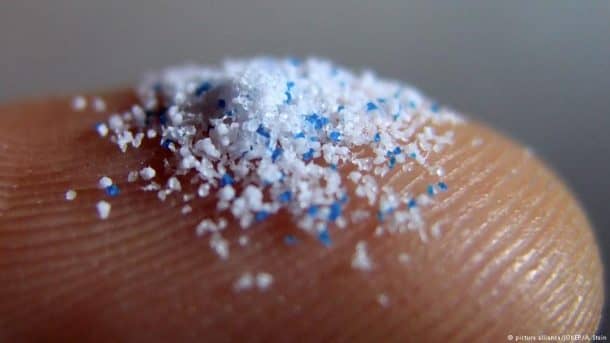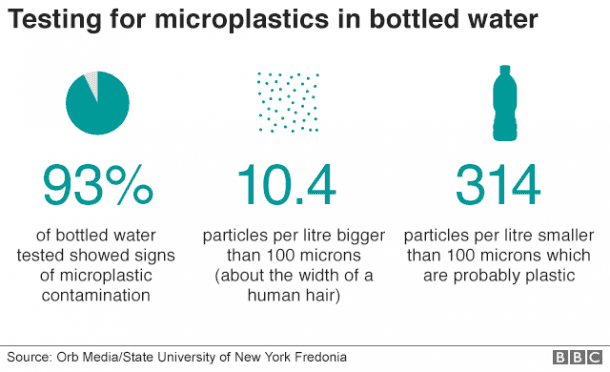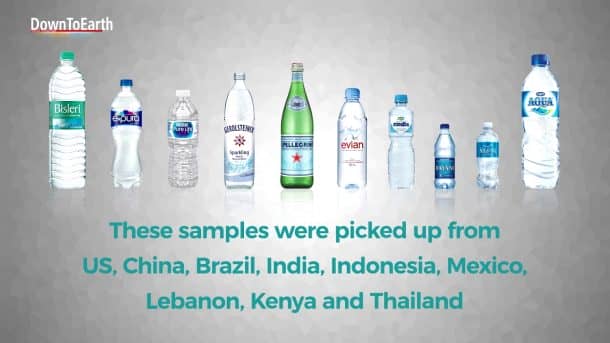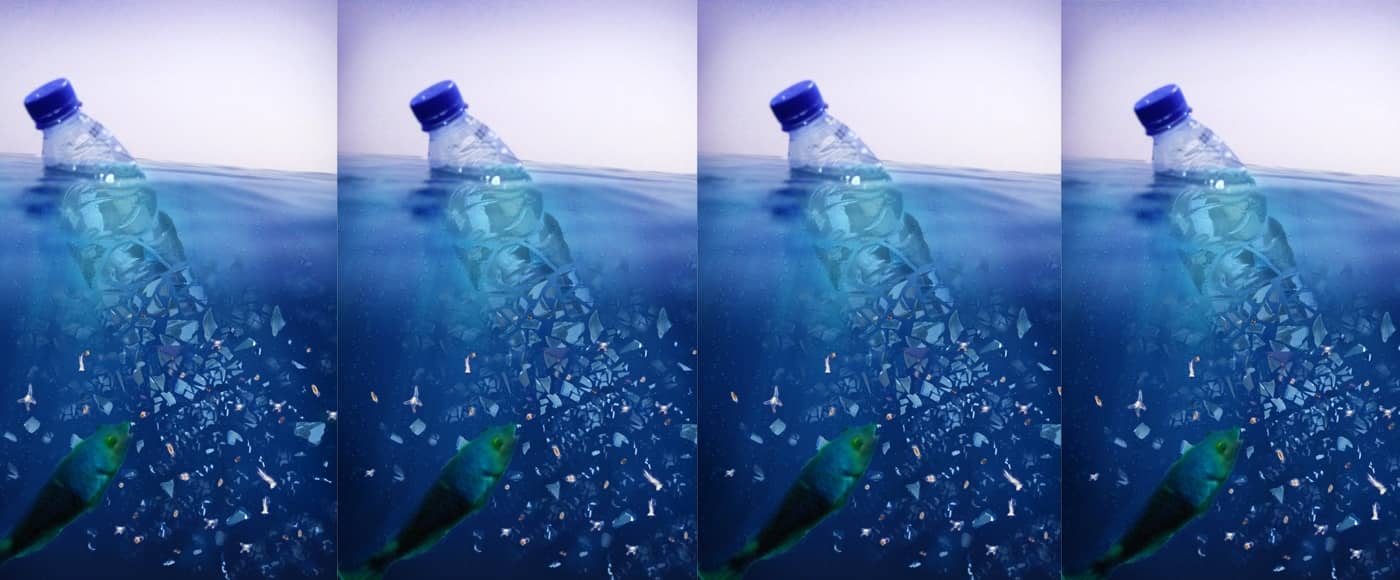Plastic bottles’ impact on the environment and our planet is not something that is hidden. Current recycling efforts haven’t been scaled up despite the statistics, which show that people use more than a million plastic bottles each minute all over the world. There are many potential hazards to the environment like cluttering ecosystems, clogging up waterways and effect on the wildlife. However, the effect is not limited to damaging the planet only.

A recent study has shown that every sip of bottled water that is consumed costs more than just a bottle’s price. As per the study, the water that comes in the plastic bottle contains dangerous levels of Microplastics which are a health hazard for humans. WHO has decided to investigate all the possible health risks to humans that can be caused by ingesting plastic.
Microplastics are basically tiny pieces of plastics, which are the size of rice kernels. An estimate reveals that our waterways are clogged with nearly 275,000 metric tons of these microplastics each year. The study was conducted by a group of researchers from the State University of New York at Fredonia. The study subject was the water which came from 259 plastic bottles produced by 11 different companies and was brought from 9 different countries. To check the levels of microplastics in the water, a red-colored dye was suspended in the bottles. The idea behind this was that the dye will stick to the plastics in the water and they will be differentiated easily.


The results of this experiment were alarming. The data showed that every liter of water had an average of about 10.4 plastic particles. A liter of bottled water from Nestle Pure Life, which is a widely trusted brand all over the world, had 10,000 plastic particles. Some plastic bottles had no plastic contamination in them at all. According to the findings, if a person drinks the recommended amount of water on a daily basis, he/she might be drinking thousands of microplastics each year.
The exact nature of the impact of microplastics on our health is still unknown. It is quite clear though that this level of accumulation of plastic in our body cannot possibly be good for our health. There were various experiments conducted on fish that showed that their behavior and hormone levels were changed as a result of the high buildup of microplastics. Just like their effect on fish, plastics contain chemicals that are dangerous for humans as well. Another research showed that as much as 83% of tap water also contains microplastics. Microplastics which are contained in the plastic bottles are double this amount. Plastic bottles are so much a part of our daily lives that even if their production is stopped, it will take months to remove them from our lives completely. A permanent solution will be to ban the plastics entirely.


